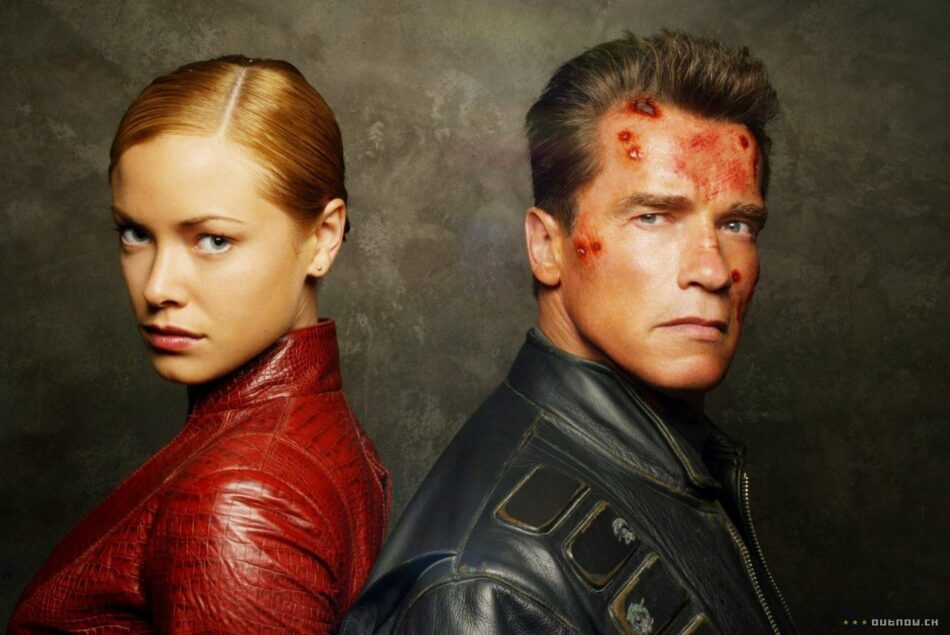Terminator 3: Rise of the Machines
Back in the early days of science fiction, there was a clear distinction between authors who focused on thought-provoking concepts and those who churned out stories full of action and adventure. John W. Campbell Jr.'s Astounding Science Fiction magazine was known for its brainy content, while publications like Amazing, Imagination, and Thrilling Wonder Stories featured covers with heroines in space attire being chased by bug-eyed monsters. The first two Terminator movies, particularly the second one, belonged to Campbell's tradition of idea-driven sci-fi. These films elegantly played with the paradoxes of time travel, where the action scenes were integral to the plot. The character of John Connor was faced with a dilemma that held actual poignancy; he was responsible for a world that did not yet exist. The robot Terminator, reprogrammed by Connor, provided an opportunity to explore Asimov's Three Laws of Robotics.
However, that was a long time ago, way back in 1991. Terminator 2 was a groundbreaking film that introduced computer-generated special effects, which resulted in incredible visuals. The movie was particularly impressive in creating the character of the Terminator, played by Robert Patrick, whose metallic structure could reconstitute itself from droplets. Today, we are in the latter stages of CGI, where the technology is used not just to enhance action scenes but to create them. Every week brings a new blockbuster, grossing over $50 million, so audiences no longer eagerly anticipate the latest extravaganza; instead, they have a "show me" attitude.
Terminator 3: Rise of the Machines is made in the spirit of these modern action thrillers and ditches its own tradition to provide a non-stop thrill ride full of action, punctuated with comic, campy, or simplistic dialogue. This is not your older brother's Terminator. The film is more in the tradition of Thrilling Wonder Stories, whereas T2 descended from Campbell's Analog. The use of time-based paradoxes is sometimes confusing and arbitrary, leading to a huge question at the end: how are the computer-based machines of the future created? Perhaps because the plot is more superficial, the characters don't have the same impact as before. Nick Stahl plays John Connor, the savior of mankind, in the role initially played by the edgier, more troubled Edward Furlong. Stahl's character feels more like an action hero rather than a victim of fate, and although he tells us at the outset that he lives "off the grid" and feels "the weight of the future bearing down on me," he seems more like an all-purpose action figure than a man who genuinely feels trapped by an impenetrable destiny.

0 Comments